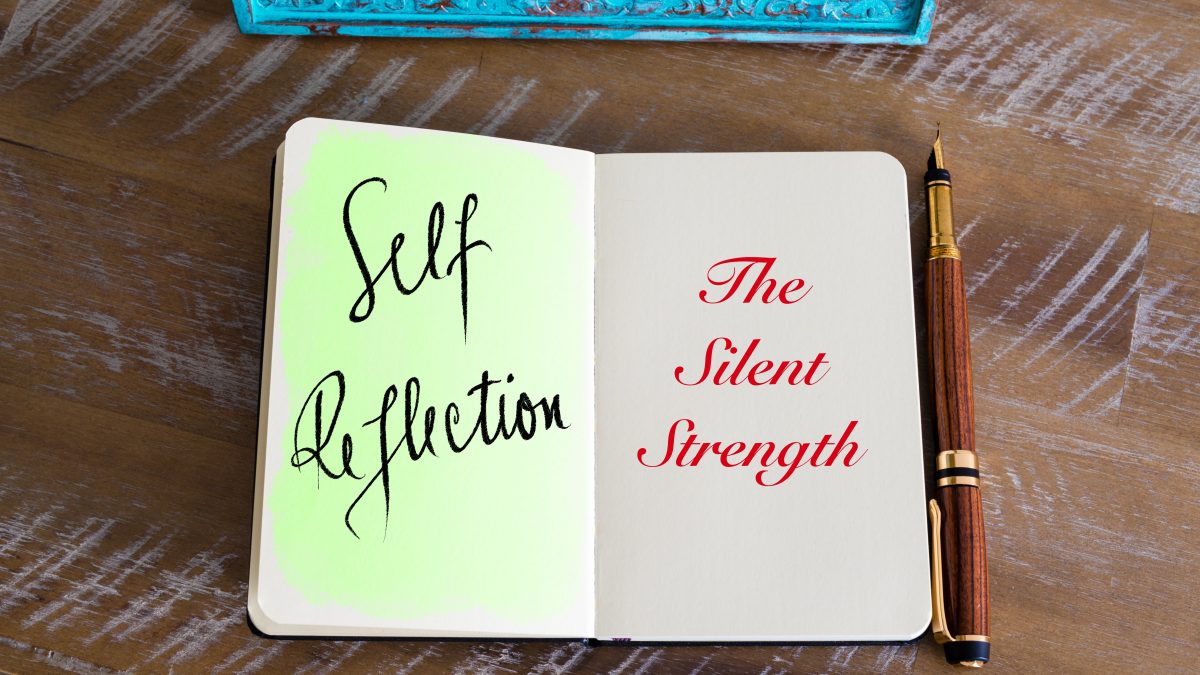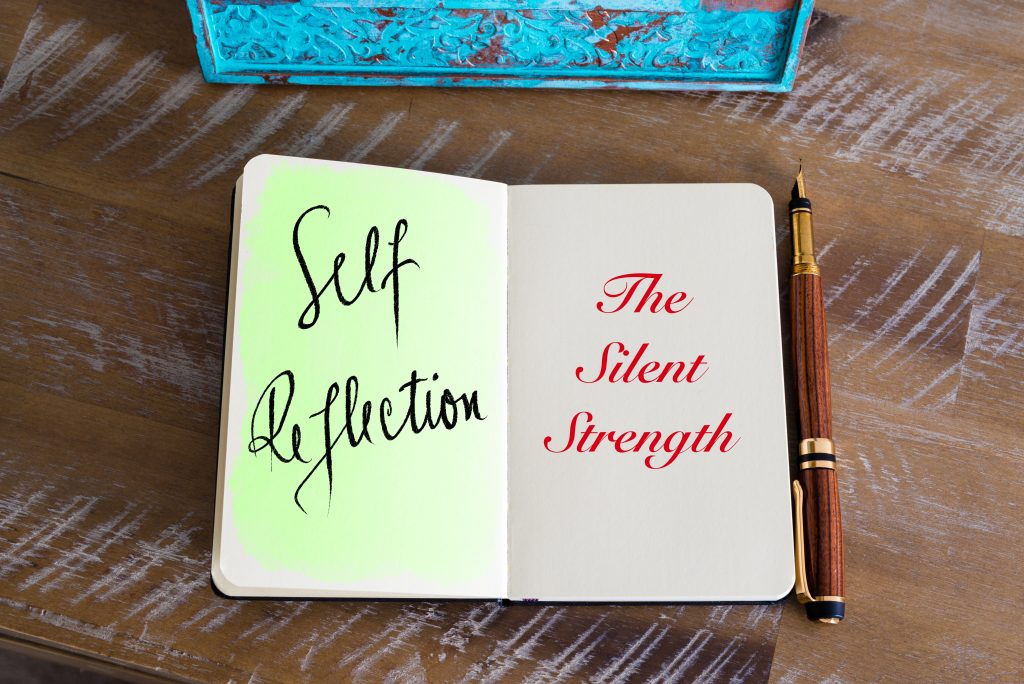The Silent Strength: Why Reflective Coaches Are the Most Powerful Ones

Handwritten Text Self Reflection

As coaches, we hold space for our clients to pause, think, reflect, and grow.
But how often do we give ourselves that same gift?
Reflection is Essential for Growth
In a profession that prizes presence, curiosity, and deep listening I think that reflection isn’t optional—it’s essential.
It’s where we get our deepest insights from.
It’s how we notice the patterns we are running.
It’s how we stretch ourselves.
It’s how we grow.
The best coaches I know aren’t just great at questioning and listening, they’re great at reflecting too.
They review their coaching sessions, not to listen to their inner critic, but to get curious:
- What did I notice in myself?
- Where was I fully present?
- Where did I get drawn in to the story?
- What surprised me?
This kind of reflection—intentional, kind, and curious—is the silent strength that allows coaches to develop coaching mastery.
Supported by Research.
A study by Di Stefano et al. at Harvard Business School (2014) found that just 15 minutes of structured reflection at the end of each day significantly improved performance—by up to 23%.
Why? Because reflecting consolidates learning.
When I was teaching I encouraged all of my students and the teachers I trained to spend time reflecting on their learning because it helps us make sense of our experience and embeds the learning from it.
Donald Schön’s work on The Reflective Practitioner (1983) also shines here.
He introduced the concept of “reflection-in-action” and “reflection-on-action,” which describes how professionals improve by thinking critically during and after their work. It’s a perfect fit for coaching, where our moment-to-moment awareness shapes everything.
It’s not just theory.
The ICF itself recognises reflective practice as essential. The updated Core Competency 2: Embodies a Coaching Mindset includes a clear expectation that coaches engage in regular reflection to support ongoing learning and presence.
In ICF’s own competency framework, reflection underpins several core skills: embodying a coaching mindset, cultivating trust, maintaining presence. These aren’t just techniques. They’re habits of mind that are built through reflection.
Without it, we risk becoming transactional and coaching sessions start to follow a set pattern. We can find ourselves leaning into what’s comfortable rather than what’s challenging.
Reflection breaks that pattern. It brings freshness and depth back into what we do.
In the work I do mentoring and assessing coaches, I see this all the time.
Coaches who reflect deeply are the ones who grow fastest.
They self-coach between sessions. They show up more self-aware, less attached to outcomes and have a far bigger impact.
So How Do You Develop The Silent Strength?
Here are four things you can do:
🌀 Make time after sessions, not just for your notes, but for new insights and deeper meaning to appear
🌀 Journal regularly with prompts that stretch you beyond “what happened” to what you learned about yourself and about your client
🌀 Record and listen to your sessions through the focus of learning rather than using it to criticise yourself
🌀 Work with your own coach or mentor to uncover any potential blind spots and assumptions
Reflection isn’t about ticking a box, or doing it for appearances sake, or because you’re supposed to…..
It’s about deepening your practice in a way that enables you to move from ordinary to extraordinary; from focusing on technique to creating transformation.
And a good place to start is to ask yourself this question:
Where am I pausing to make sense of my own coaching?
Because when we reflect, we grow.
And when we grow, our clients do too!
Until next time,
With best wishes
Cath
If you want fresh ideas to refine your practice, spark new insights, and support your clients more effectively then why not sign up for my free Coaching Tip of the Week? Each week, I share a concise, actionable tip designed specifically for qualified coaches like you—practical, thought-provoking, and ready to use.
Click here to get them delivered to your inbox each week.
